For the nature photographer, plants make great subjects for photography. Whether they’re in the wild, in your garden or on a windowsill in your living room, there is so much variety it would be very unlikely you’d get bored.
Here are six tips for getting the most from your plant photography.
Patterns and texture
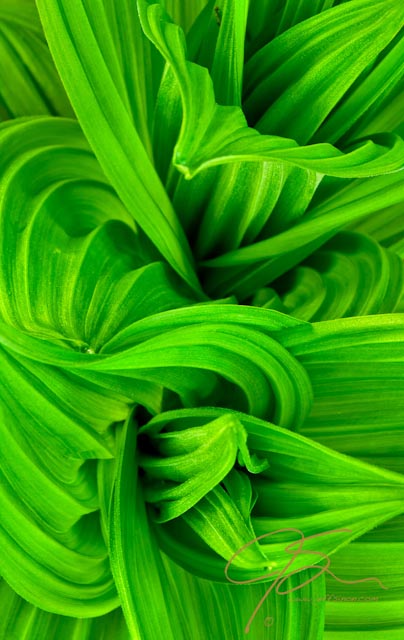
Many plants, such as the false hellebore shown above, have wonderfully patterned groups of leaves, especially as the plants are first emerging. These patterns make for great photos with an abstract quality to them.
Get down and close
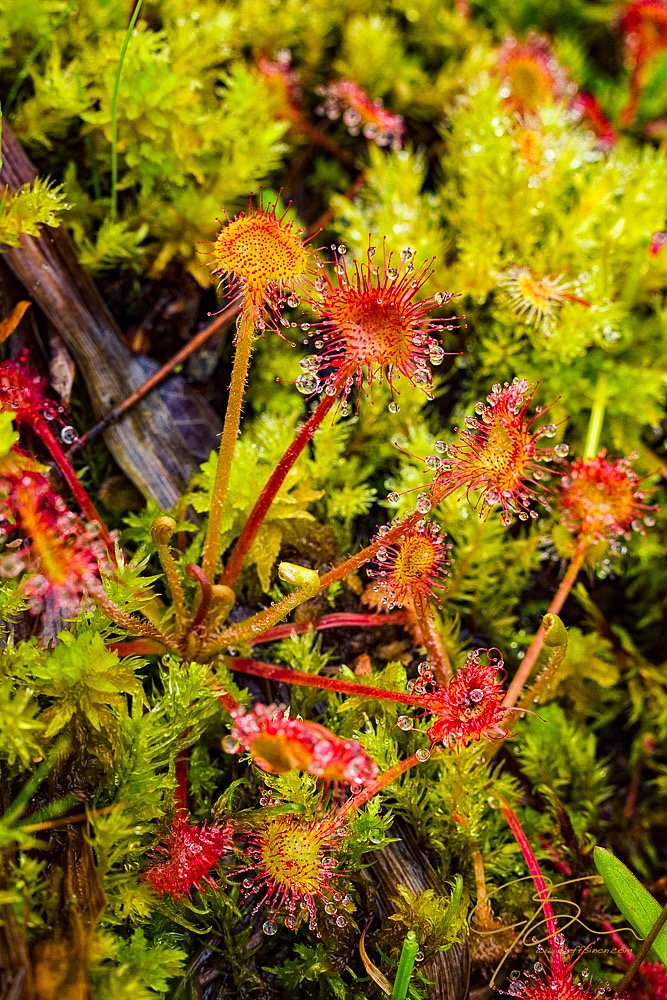
When photographing plants, get down on their level and get in close. Every day, we see the world around us — including all the plant life — looking down from eye level. To make your photos more interesting, you need to get down and dirty at a plant’s level.
That’s what I did with the sun dew above. These plants are relatively small and easily overlooked in the bogs where they are found. By getting down on my knees and filling the frame with the plant, I captured the intricate detail of these carnivorous plants as they awaited their next meal. If I had been standing up, all this detail would have been lost.
Gear tip: I always keep a pair of knee pads with me — the kind you can pick up at a home improvement store — to save my knees and pants while crawling around in the dirt.
Make use of backlighting
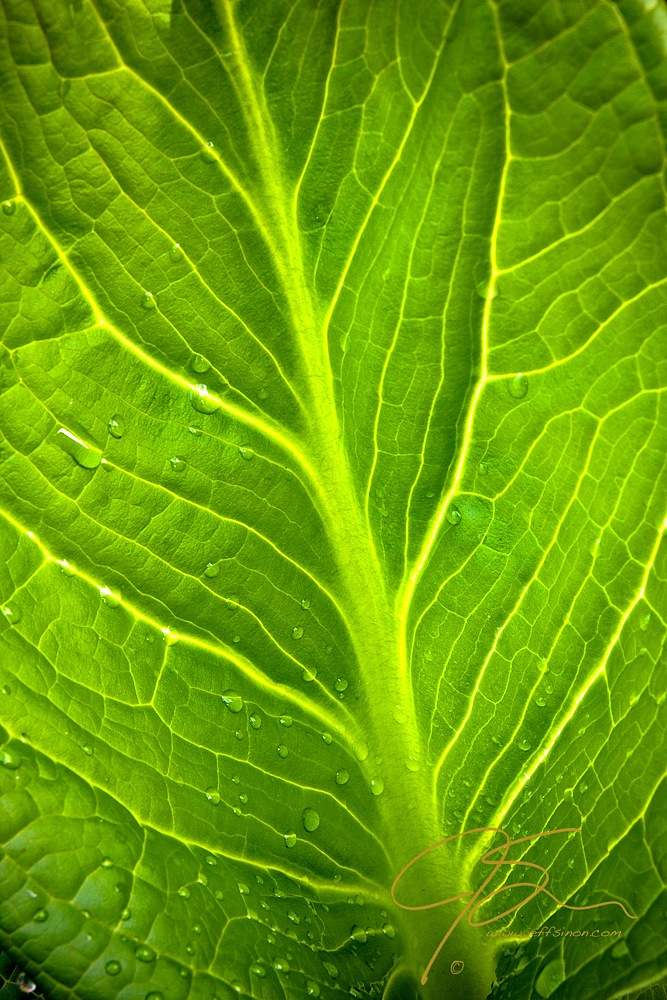
If you’re photographing plants with large leaves like this skunk cabbage, try photographing early or late in the day when the sun is low in the sky. Position your tripod so the sun is backlighting the broad leaves, almost making them glow.
Try black and white
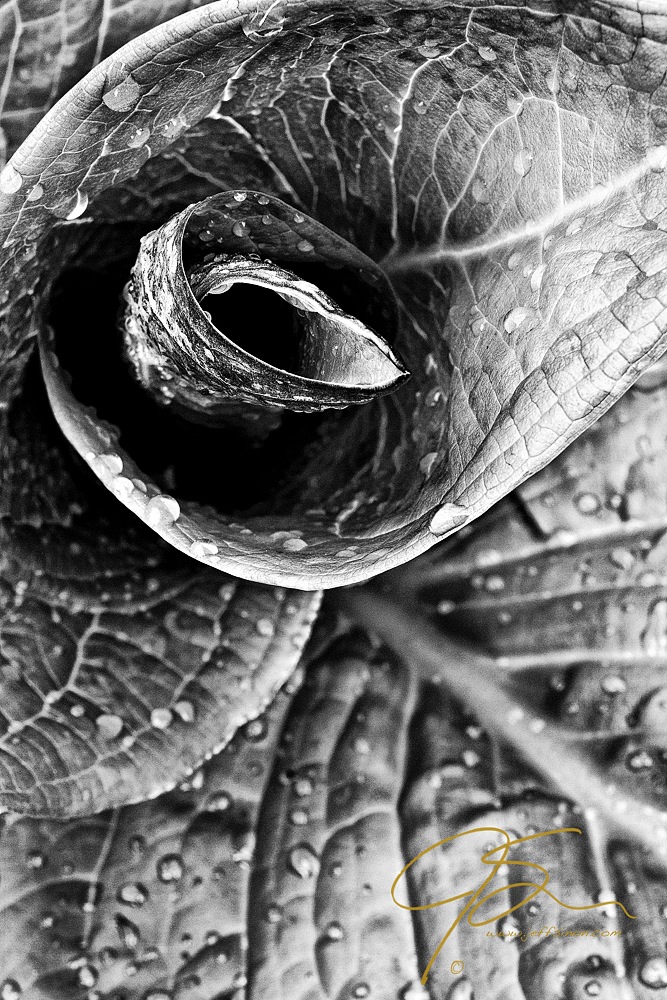
When photographing a plant with a lot of great shapes and textures, you might want to try converting some of your photos to black and white. Without the distraction of bright colors, black and white places the emphasis on the patterns and textures within the photo.
Use a tripod
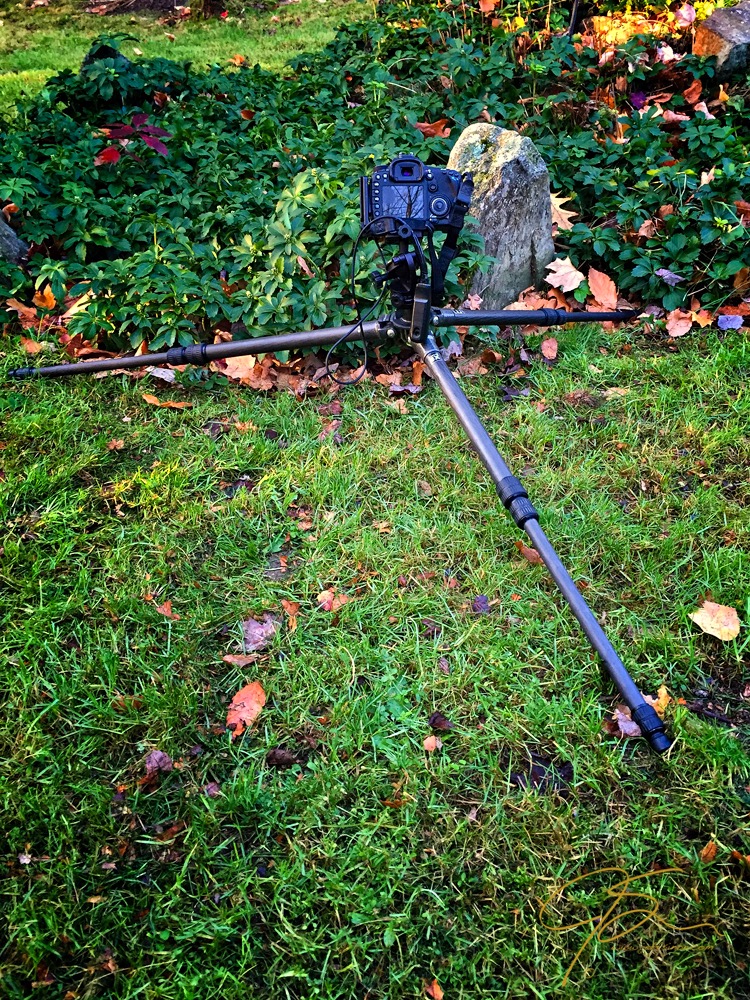
I highly recommend the use of a tripod for most nature or landscape subjects, and plants are no different. Having your camera mounted on a sturdy tripod prevents blurry photos caused by camera movement. Plus, holding your camera steady while down on the ground in some awkward position isn’t the easiest thing in the world to do.
Photograph them while they’re wet
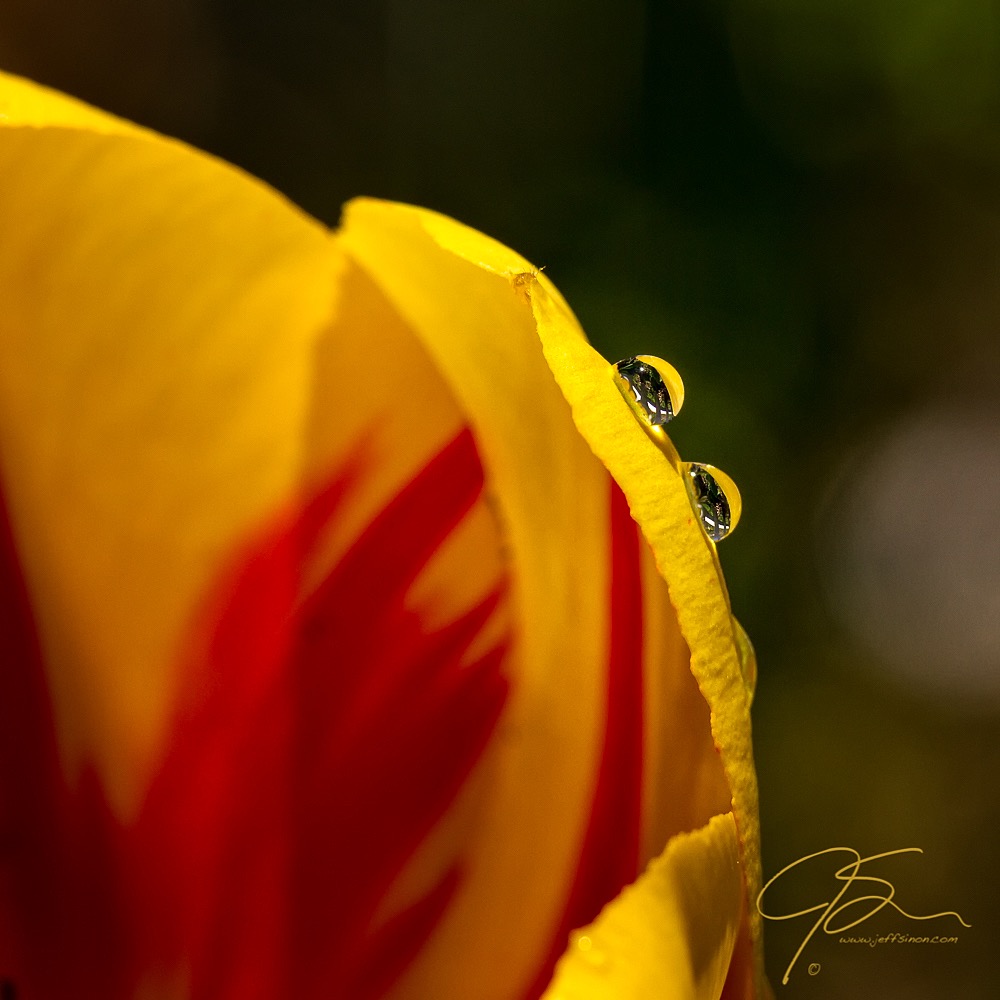 Have you noticed that most of the photos in this article have rain or dew drops on them? This is no accident. One of the best times to photograph plants is early in the morning, when the light is at its best — which also happens to be before the dew has dried up.
Have you noticed that most of the photos in this article have rain or dew drops on them? This is no accident. One of the best times to photograph plants is early in the morning, when the light is at its best — which also happens to be before the dew has dried up.
Another great time to photograph plants is on rainy days. You’ll get plenty of water drops on your plants, plus the overcast sky will give you nice, even lighting for your subjects.
Pro Tip: Make your own dew by using a spray bottle filled with water to mist the plants prior to photographing them. For bigger “dew drops,” try adding a little glycerin to the water.
Use the right gear
The best part about plant photography is that you probably already own everything you need to make great plant photos. All you need is a camera with a lens that has a close minimum focusing distance and a tripod. The rest is optional. For instance, a macro lens is nice to have, but not absolutely required.

Share tips, start a discussion or ask one of our experts or other students a question.
No Responses to “6 Genius Tips to Help You Take Better Photos of Plants”